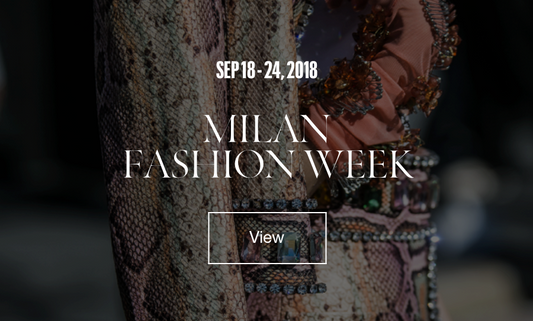talkingfashion
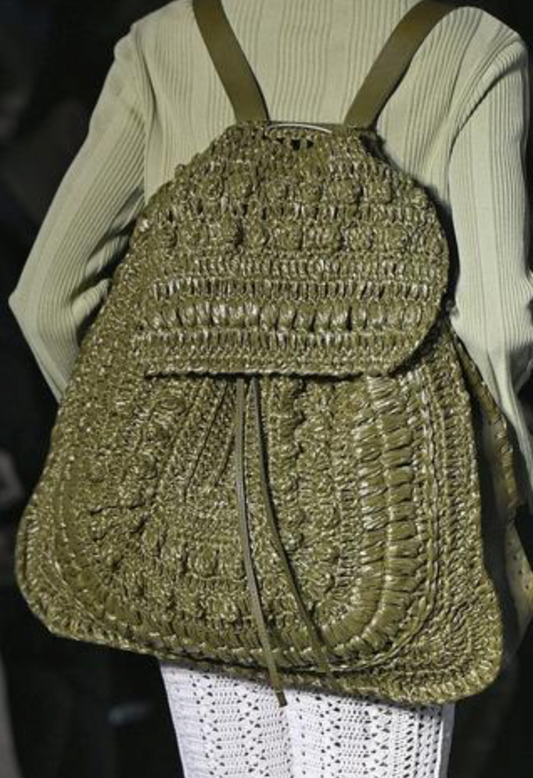
Milan Fashion Week SS’19 Accessories Trend Spot...
Milan Fashion Week SS’19 Accessories Trend Spotlight By Paige McKirahan Hello again, fashionistas! As Milan Fashion Week reached its conclusion on September 25th, we thought that we would reflect...
Milan Fashion Week SS’19 Accessories Trend Spot...
Milan Fashion Week SS’19 Accessories Trend Spotlight By Paige McKirahan Hello again, fashionistas! As Milan Fashion Week reached its conclusion on September 25th, we thought that we would reflect...
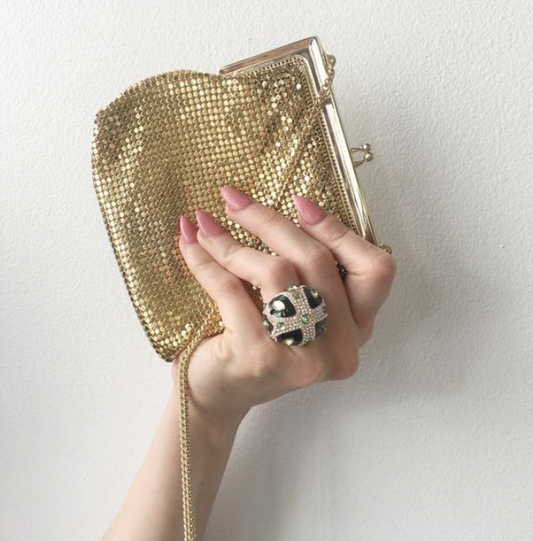
Fashion Flashback: Handbags
Fashion Flashback: Handbags by Morgan Watkins Traditionally, accessories have been thought of as tools to spruce up an otherwise simple or lacking outfit. Rings, bracelets, necklaces and more are...
Fashion Flashback: Handbags
Fashion Flashback: Handbags by Morgan Watkins Traditionally, accessories have been thought of as tools to spruce up an otherwise simple or lacking outfit. Rings, bracelets, necklaces and more are...
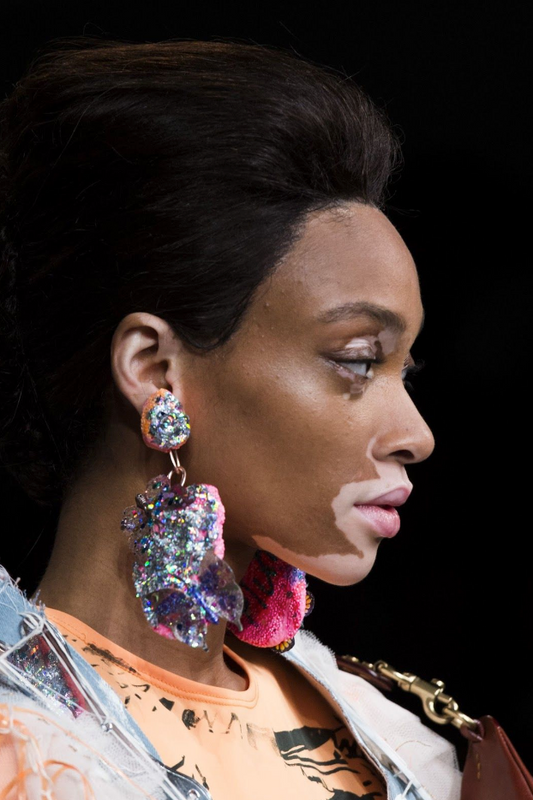
Accessory Trends at London Fashion Week SS19
Accessory Trends at London Fashion Week SS19 by Morgan Watkins Now that we’ve bid farewell to London Fashion Week Spring/Summer 2019, it’s time the fashion world hops back on the...
Accessory Trends at London Fashion Week SS19
Accessory Trends at London Fashion Week SS19 by Morgan Watkins Now that we’ve bid farewell to London Fashion Week Spring/Summer 2019, it’s time the fashion world hops back on the...
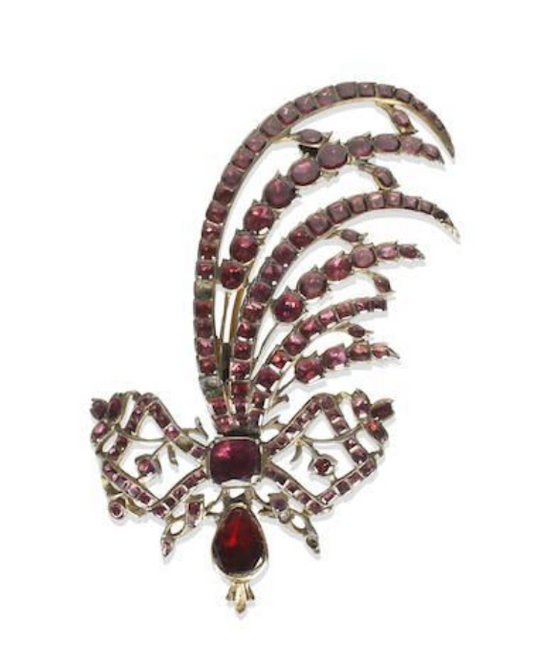
Fashion Flashback: Brooches & Pins
Fashion Flashback: Brooches & Pins by Morgan Watkins What do you think of when you see a brooch? Your grandma getting dressed up for her Sunday morning church service? Queen...
Fashion Flashback: Brooches & Pins
Fashion Flashback: Brooches & Pins by Morgan Watkins What do you think of when you see a brooch? Your grandma getting dressed up for her Sunday morning church service? Queen...
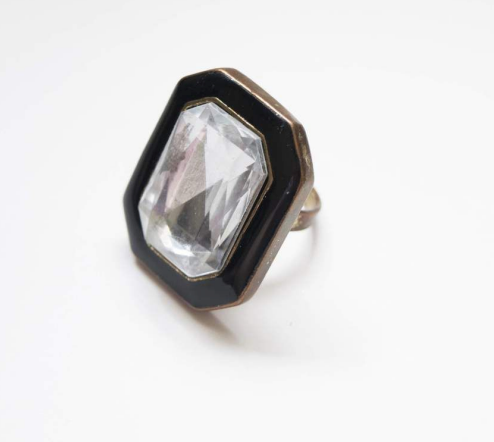
Fashion Flashback: Rings
Fashion Flashback: Rings by Morgan Watkins Known as a symbol of love, rings are absolutely essential for any accessory lover’s arsenal. They’ve been around for thousands of years, featuring...
Fashion Flashback: Rings
Fashion Flashback: Rings by Morgan Watkins Known as a symbol of love, rings are absolutely essential for any accessory lover’s arsenal. They’ve been around for thousands of years, featuring...
